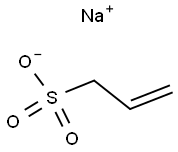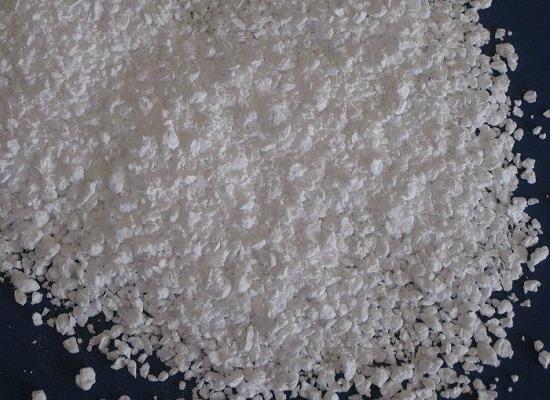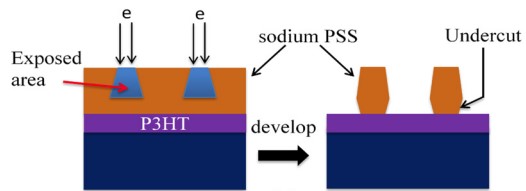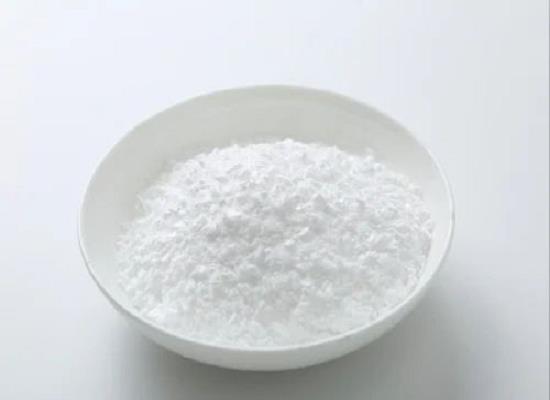What is Sodium allylsulfonate used for?
Description
Sodium allylsulfonate is known to have the chemical formula C3H5NaO3S and a molar mass of 144.12 g/mol. Having incompatibility with strong oxidizing agents, this chemical compound has a density of 1.206 with a water-soluble nature. Sodium allylsulfonate is a white solid powder. This agent serves as an intermediate in processing systems. Sodium allylsulfonate can be formulated industrially by the reaction of allyl chloride with sodium sulfite. It is widely used in pharmaceutical, plating, and paint formulating industries.
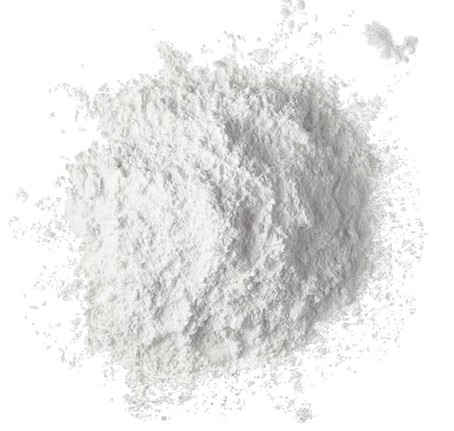
Synthesis
There are currently several reported synthesis methods for Sodium allylsulfonate. In one method, Sodium sulfite and propylene chloride serve as the primary starting materials. Propylene chloride is subsequently added to the solution for the reaction. After concentration and desalination, the desired product is obtained. It is important to note that synthetic products are predominantly utilized in the development of oil and gas fields. Another method involves employing sodium metabisulfite and allyl chloride as the main raw materials, with the addition of emulsifier OP-10. Sodium sulfite is obtained through the hydrolysis of sodium pyrosulfite, followed by a reaction with propylene chloride to yield the target product.
Uses
Sodium allylsulfonate (ALS) contains a double bond and sulfonic acid group. Many of its properties have been significantly changed, and these make it become a widely used olefin monomer. ALS is used for acrylic fiber Third monomer and it effectively improves fiber Dyeability, and firm coloration[1]; For electronickelling brighteners, this compound could improve the Metal Distribution ability and ductility; In addition to the above uses, it also be used for fields such as water quality treatment agent, oilfield drilling fluid additive, cement water reducing agent for building, and so on.
This compound could used to synthesize flocculating agents. Specifically, Flocculants are substances that promote the agglomeration of fine particles present in a solution, creating a floc, which then floats to the surface (flotation) or settles to the bottom (sedimentation). This can then be more easily removed from the liquid. For example, Chan et al. use of water-soluble and -insoluble starch grafting acrylamide/sodium allylsulfonated copolymers as flocculants to flocculate the clay suspension was investigated. Yao et al. grafting of acrylamide (AM) and sodium allylsulfonate (SAS) onto cornstarch utilizing Ce(IV) as initiator. These graft copolymers may induce the flocculation of Kaolin suspension and showed excellent ability in both the rates of sedimentation and the clearing of supernatant liquid in the presence of NaCl.
Sodium allylsulfonate could used to prepare polymeric surfactant which which can be used for industrial production. In 2019, Lyu et al. used allyl glycidyl ether, acrylamide, butyl acrylate, and sodium allylsulfonate as starting materials to synthesize the polymeric surfactants by radical polymerization. In addition, the experimental results show that with the increase in the amount of polymeric surfactants, the corrosion resistance efficiency increases gradually, which proves that it is an effective corrosion inhibitor[2].
References
[1] Chan W, et al. Flocculation of clay suspensions with water-insoluble starch grafting acrylamide/sodium allylsulfonated copolymer powder. Journal of Applied Polymer Science, 1995; 58: 1721-1726.
[2] Lyu B, et al. Preparation and properties of polymeric surfactants: A potential corrosion inhibitor of carbon steel in acidic medium. Journal of Industrial and Engineering Chemistry, 2019; 80: 411-424.
Related articles And Qustion
See also
Lastest Price from Sodium allylsulfonate manufacturers

US $0.00/kg2025-09-01
- CAS:
- 2495-39-8
- Min. Order:
- 1kg
- Purity:
- 99%min
- Supply Ability:
- 20tons
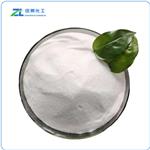
US $150.00/kg2025-04-21
- CAS:
- 2495-39-8
- Min. Order:
- 1kg
- Purity:
- 99%
- Supply Ability:
- 500kg
